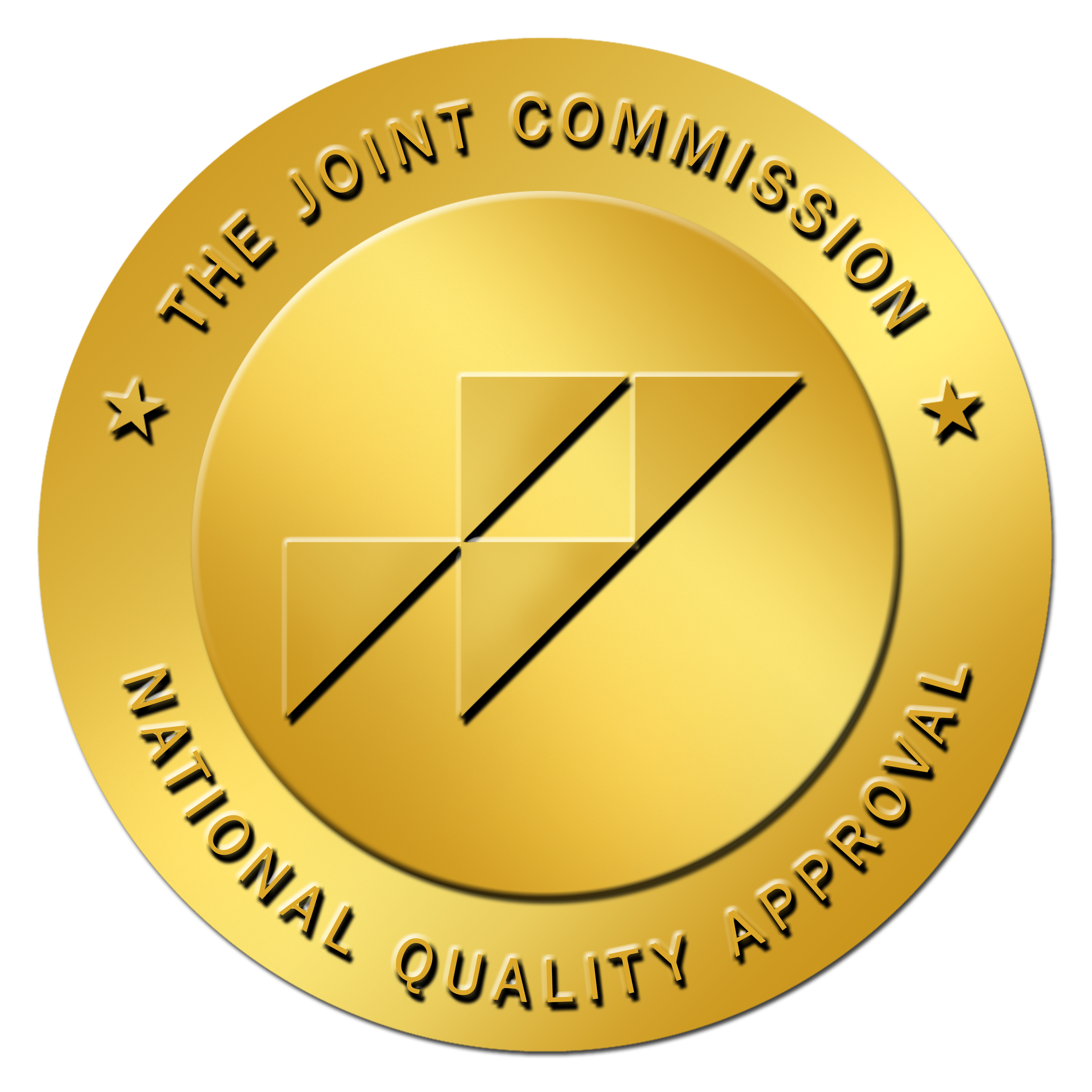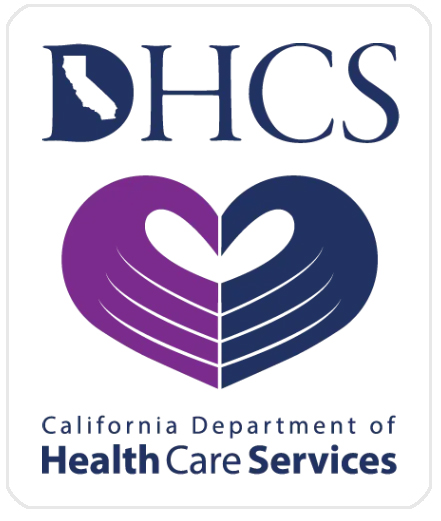There is a bit of an air of mystery around the drug that is known as ecstasy. It shows up amongst young people and has all the signs of a romanticized ideal that makes it attractive to experimenters and uninitiated: easy, quick, available. This “fun drug,” however, is extremely addictive and has a dark aspect that most are not aware of before deciding to risk it all for a short fix that imitates a good time.
Traditionally, ecstasy is found in conjunction with parties, nightclubs, or raves. While that can certainly still be the case, there is no real boundary to the haunts of this particular substance. It’s also a bit of a unique one, too. It’s a stimulant … and a hallucinogen. basically that means it gives a person a boost of energy and vitality while at the same time it produces aspects of distorted reality.
Ecstasy goes by many names. E and Molly are the most common, but you might hear people referring to their “Dancing Shoes” or getting ahold of a “happy pill.” Sometimes it will be referred to as Scooby Snacks or vitamin E, but the chemical 3,4-methylenedioxymethamphetamine is what creates the effects of the drug, and gives it its official name: MDMA.
What about Ecstasy & Health Problems?
When MDMA affects the neurotransmitters in the brain (dopamine, norepinephrine, and serotonin, in particular) a person will experience euphoria and an increase of attention and energy. However, a person’s heart rate and blood pressure can skyrocket in the process. No one should be experimenting with ecstasy, but a person with a heart problem has even more reason to steer clear. Of course, tragedy is right around the corner when a young person is unaware of their own medical heart condition, and chooses to use this illicit substance.
Though fatality from overdosing is less common, it is absolutely possible. Add to that a slew of other health issues that arise from continued use of ecstasy, and the danger signs are nearly overwhelming. The NIDA cites such varied, acute adverse health problems as high blood pressure, faintness, panic attacks, loss of consciousness, and even seizures. MDMA can even impair a person’s ability to regulate their body temperature. When this is mixed with warm environments and stimulating activity (ie dance parties/raves), the result can be lethal.
Common Symptoms of Regular Ecstasy Use:
- concentration difficulties
- depression
- impulsivity
- lack of appetite
- sleep disturbances
- heart disease
- risky sexual behavior
Purity Issues With Ecstasy
As ecstasy is mostly taken in pill or capsule form, there is no real way of knowing what is in there. Pills are cut with all kinds of harmful substances—everything from amphetamines to piperazine, and more. Pills often come in colors or with car logos on them or even superhero tags. These are all supposed to denote different purity levels. However, the realty is that the majority of E is cut with some type of substance, and those chemicals can be any type of horror.
Individuals With an addiction to Ecstasy
If you or your loved one is currently suffering from a hallucinogen use disorder (or psychological and/or physical addiction to ecstasy), it is time to reach out for help. Managing the symptoms of ecstasy withdrawals is often too much for an individual to handle … especially the depression.
SoCal Detox offers a safe and compassionate environment for detox with an experienced team available for around-the-clock care. Please call us today for information on our program or for a free drug or alcohol addiction consultation. Call now: 888-590-0777.




